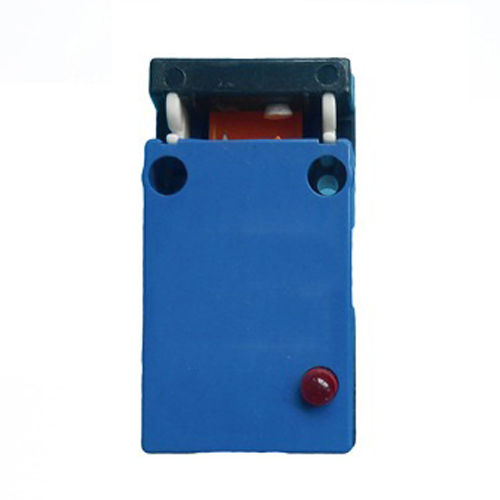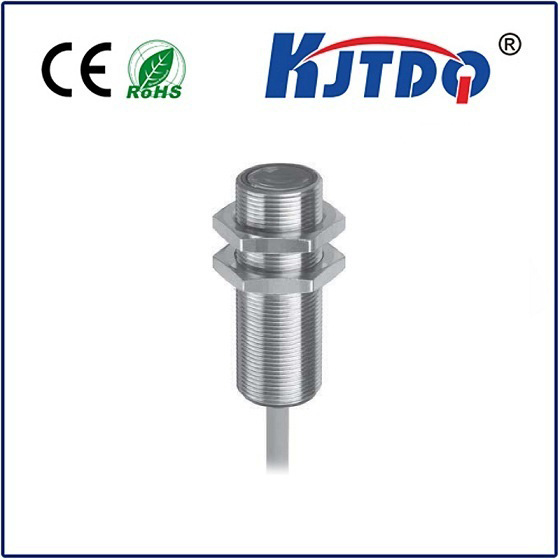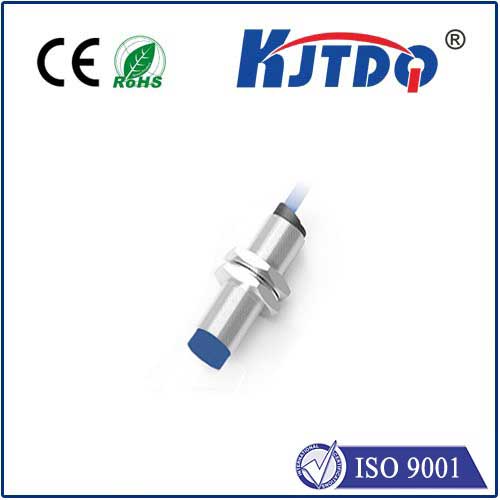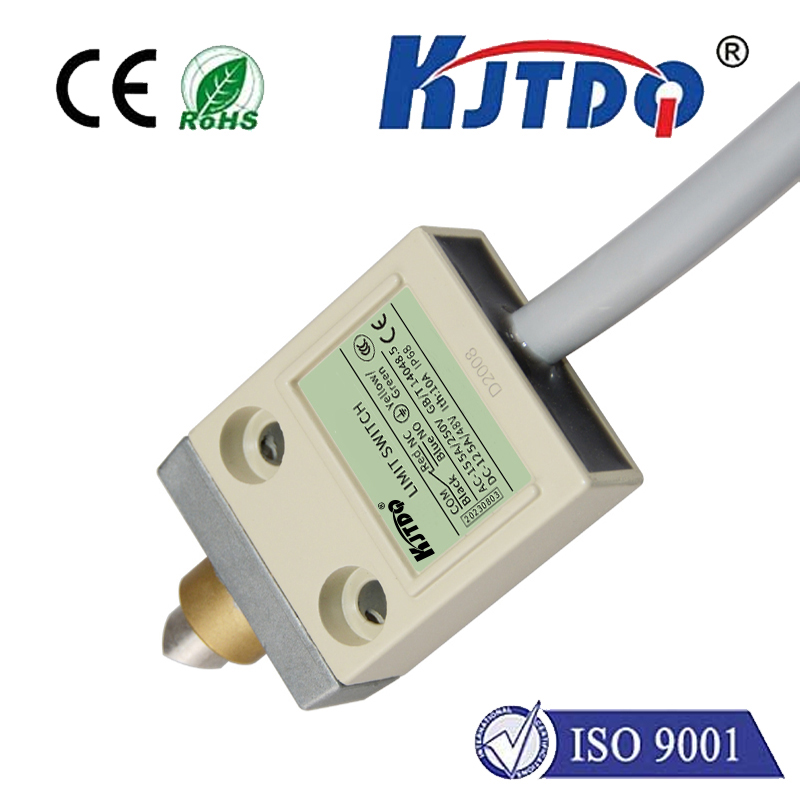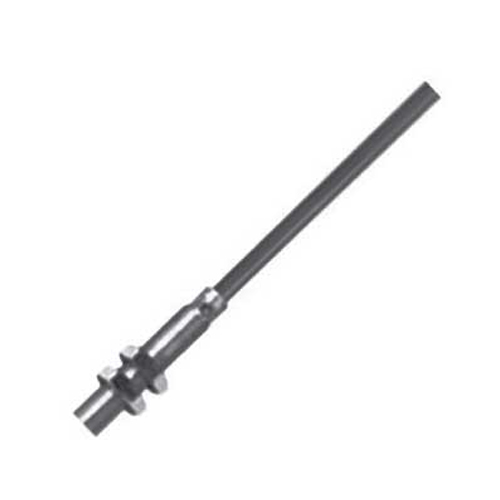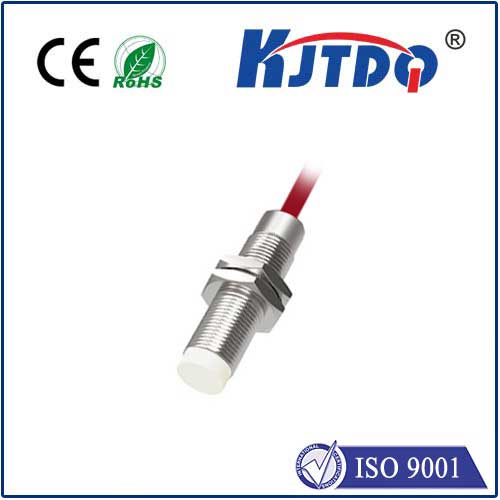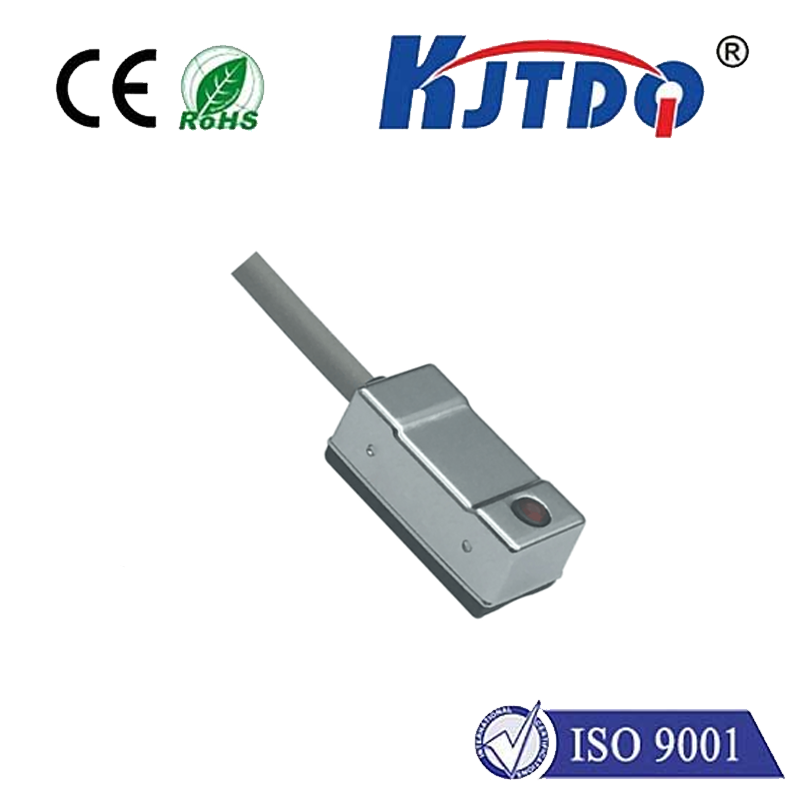Микрофотоэлектрический датчик
- time:2025-09-12 00:47:40
- Нажмите:0
The Mighty Micro: How Photoelectric Sensors Are Revolutionizing Compact Automation
Imagine the precise operation inside a smartphone assembly robot, or the reliable sorting mechanism in a compact food packaging line. Hidden within these feats of modern engineering, often operating unseen in spaces barely larger than a coffee capsule, lies a critical component: the Микрофотоэлектрический датчик. These diminutive powerhouses of the automation world are enabling breakthroughs in miniaturization, efficiency, and reliability across countless industries. But what exactly are they, and why is their small size such a big deal?
Put simply, a micro photoelectric sensor is an ultra-compact electronic device designed to detect the presence, absence, or specific characteristics of an object using a beam of light. The fundamental principle hasn’t changed from larger photoelectric sensors: a light emitter (typically an LED, often infrared for immunity to ambient light) sends out a beam, while a photoelectric receiver (a phototransistor or photodiode) detects changes in this beam caused by an object interrupting or reflecting it. This simple interaction translates into a clean, fast electrical signal used for control and feedback.

The magic, however, is in the “micro.” Miniaturization isn’t just about saving space; it unlocks transformative capabilities:
- Conquering Confined Spaces: This is the paramount advantage. Micro photoelectric sensors are engineered to fit where traditional sensors simply cannot. Think intricate robotic arms, densely packed PCBs on assembly lines, miniature medical devices, consumer electronics manufacturing, or within compact packaging machinery. Their small form factor allows designers to integrate detection capabilities directly into the heart of the action.
- Enhanced Precision & Speed: Shorter optical paths within the micro sensor housing and advancements in component design contribute to faster response times and often improved resolution. They can detect incredibly small objects or minute position changes with remarkable speed, critical for ultra-high-speed assembly or precision positioning tasks.
- Reduced Weight & Integration Potential: The minimal size and weight are crucial for applications on moving parts, such as lightweight robot end effectors (grippers) or automated guided vehicles (AGVs), where added bulk impacts performance and agility. Their compactness also facilitates easier integration directly onto circuit boards or custom mounts.
- Optimized Performance: Leveraging modern electronics, micro versions frequently incorporate sophisticated features previously found only in larger units. This includes enhanced background suppression capabilities for reliable detection regardless of object color or reflectivity, resistance to interference from ambient light, and robust environmental sealing (IP67/IP69K ratings are common) to withstand harsh industrial conditions – dust, moisture, and cleaning chemicals.
The applications harnessing the unique strengths of micro photoelectric sensors are vast and growing:
- Miniature Robotics & Cobots: Enabling precise object detection in collaborative robot grippers, internal position feedback for delicate movements, and safe navigation sensing in confined areas.
- Electronics Manufacturing: Detecting tiny components on PCBs (chips, resistors, connectors), verifying solder paste presence, checking connector insertion, and facilitating ultra-precise pick-and-place operations within SMT machines.
- Compact Machinery & Equipment: Monitoring fill levels in small containers, detecting labels or caps on miniature bottles, confirming the presence of small parts in feeders, and ensuring correct assembly sequencing in densely packed machines.
- Pharmaceutical & Medical Devices: Ensuring precise positioning and presence verification in drug delivery systems, diagnostic equipment, and lab automation handling sensitive reagents or samples.
- Micro-Mobility & Drones: Providing compact position feedback, obstacle detection in limited spaces, and component status monitoring for e-bikes, scooters, and drones. Semiconductor Manufacturing: Playing vital roles in handling delicate wafers and components within the ultra-clean, high-precision environment of fabs.
Selecting the right Микрофотоэлектрический датчик hinges on several critical factors beyond just size:
- Detection Mode: Choose the right optical configuration for your need. Through-beam (separate emitter/receiver) offers the longest range and highest reliability but requires mounting two components. Retro-reflective (bounces light off a reflector) provides a good middle ground. Diffuse-reflective (detects light bounced directly off the object) is the most compact and easiest to install but has a shorter range and performance depends on object properties.
- Sensing Range: Micro sensors inherently sacrifice some range compared to larger counterparts. Ensure the specific model’s detection distance meets your application requirements. Distances can range from a few millimeters up to a meter or more depending on type and size.
- Output Configuration: Determine if you need a simple on/off Цифровой вывод (PNP, NPN, Push-Pull) for presence detection or more complex interfaces like IO-Link for diagnostics and parameterization.
- Environmental Demands: Specify the necessary ingress protection (IP rating) based on exposure to dust, moisture, or washdown conditions. Consider operating temperature range and resistance to chemical exposure if applicable. Robust housing materials like stainless steel or specialized plastics are common.
- Target Object Properties: The size, color, material, and surface finish of the objects being detected significantly influence the best sensor choice and detection mode. Shiny, dark, transparent, or very small objects pose specific challenges.
From enabling the intricate dance of microscopic assembly robots to ensuring the reliable operation of life-saving medical devices tucked inside compact casings, micro photoelectric sensors are the unsung heroes of modern automation and electronics. Their ability to deliver robust, high-precision detection in incredibly confined spaces is not merely a convenience – it’s a fundamental driver of innovation. As the demand for smaller, smarter, and more interconnected devices grows across every sector, the mighty micro photoelectric sensor will undoubtedly continue to punch above its weight, shrinking boundaries and expanding possibilities far beyond what was previously imaginable in design and manufacturing.

